
As we depart Kuala Lumpur, we are struck by the vast differences between our first two ports of call in Southeast Asia. While a short spatial distance separates Malaysia and Bali, they are worlds apart in character. This fact became immediately apparent from surface observations, and the gap only broadened as we dug deeper into the nature of Malaysia and its vibrant capital city, known simply as KL.
The culture and demeanor of Bali is widely characterized by its religion. As a Hindu state, Bali is an island within Indonesia, both literally and figuratively. The surrounding lands are occupied predominately by practicing Muslims. In Bali, you find ornate constructions of golden deity statues and brightly adorned temples shrouded in aromatic incent smoke. At the base of every doorway, both public and private, is a bright green receptacle, similar to the shape of an ash tray, fashioned from folded palm leaves. The Balinese fill the trays with incent candles and slow burning flower petals. Malaysia, meanwhile, is an Islamic state with exclusively Muslim political leaders. Mosques and minarets can be found down every road. The star and moon symbols of the Islamic faith are boldly portrayed on the national flag. The call to prayer pierces the air five times a day, when rhythmic Arabic chants are belted out from loud speakers positioned atop equidistant minarets.
In parts of Bali there is a ban on the construction of buildings. The government has mandated that no structure shall be taller than a coconut tree. Conversely, the shining jewel and national symbol of the progress of Malaysia, is the Petronas Tower, which from 1996 to 2003 was the tallest structure in the world. At 88 stories, it brilliantly reflects the Malaysian sun, and epitomizes the collective desire of the Malay people to embrace the western ideal of modernity. They are very proud to offer Starbucks.
While Bali is embedded in native tradition and is largely homogenous, Malaysia is defined by its multi-ethnicity. As an important destination on early trade routes, Peninsular Malaysia has long been a contested strip of land. In different periods it has been occupied by the Portuguese, the Dutch, and the British. When the Queen ultimately decided to vacate the peninsula, the Japanese came swooping in, and owned the land throughout most of World War II. All the while, mass immigration from India and China led to the creation of strong communities of both peoples. It wasn’t until 1957 that Malaysia declared independence and Malays really defined a sense of nationality. Today they are a proud bunch, and most of the ethnic Malays consider themselves Malaysian rather than descendants of their motherlands. But the influences of the past are undeniable, and walking the street can feel like teleporting from one continent to the next. We all agree that the KL China Town is one of the most pulsating city blocks we’ve ever experienced.

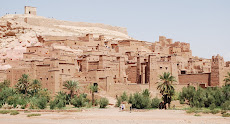


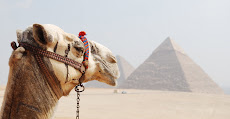


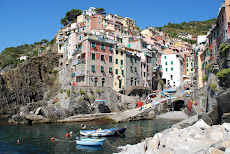
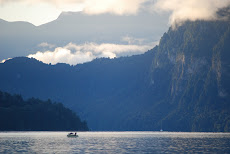


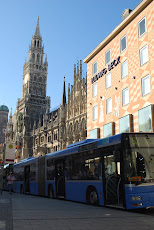








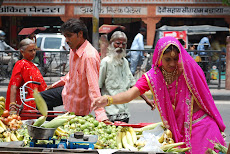

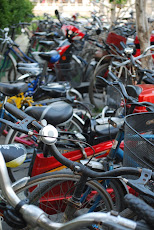
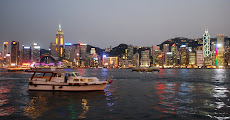

No comments:
Post a Comment